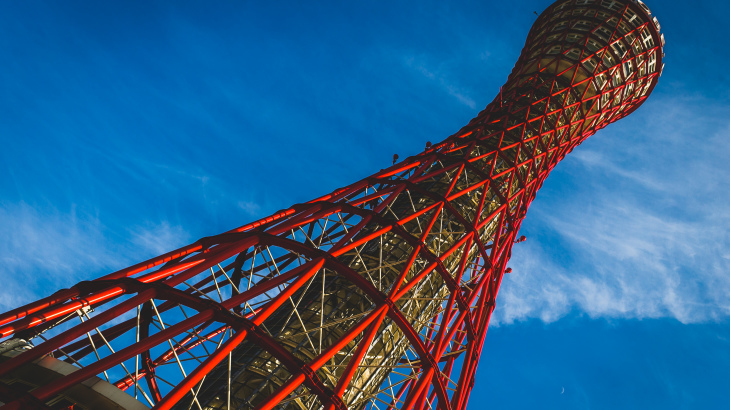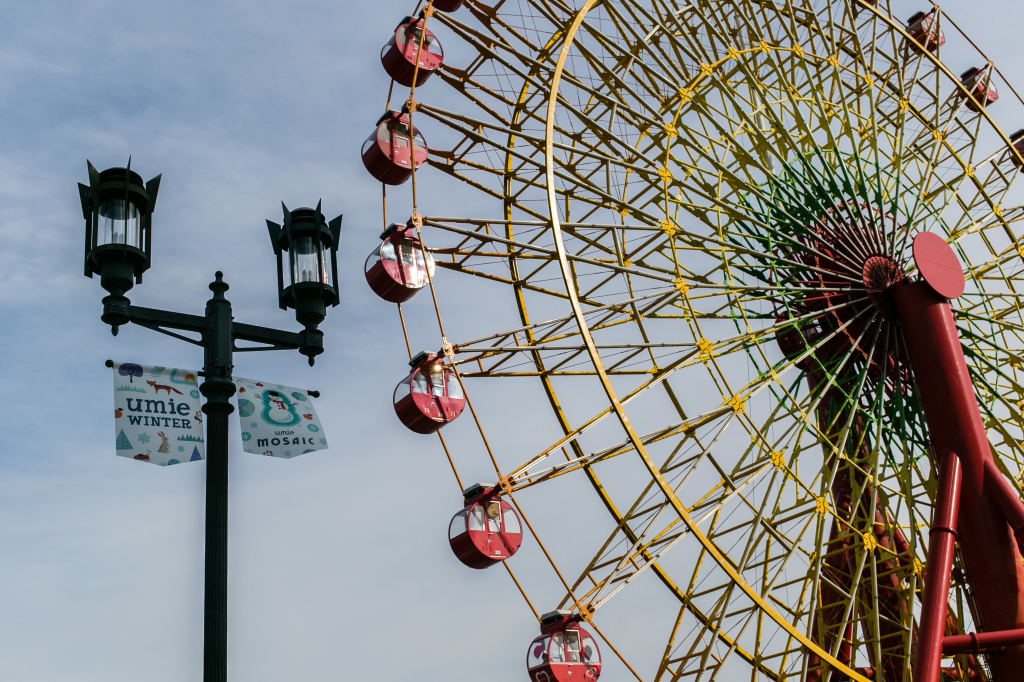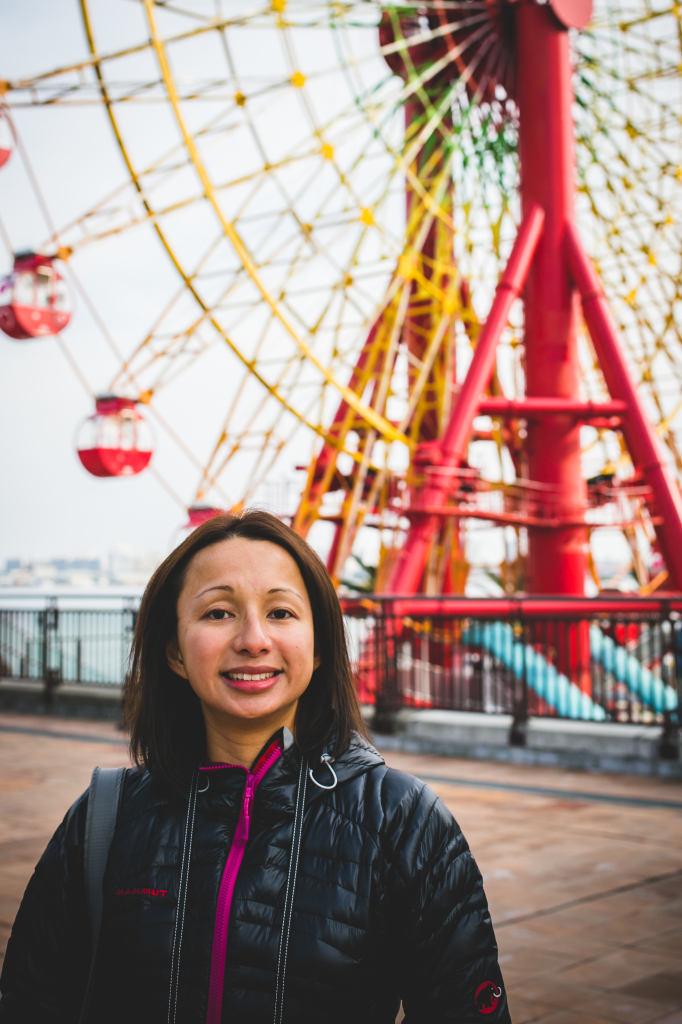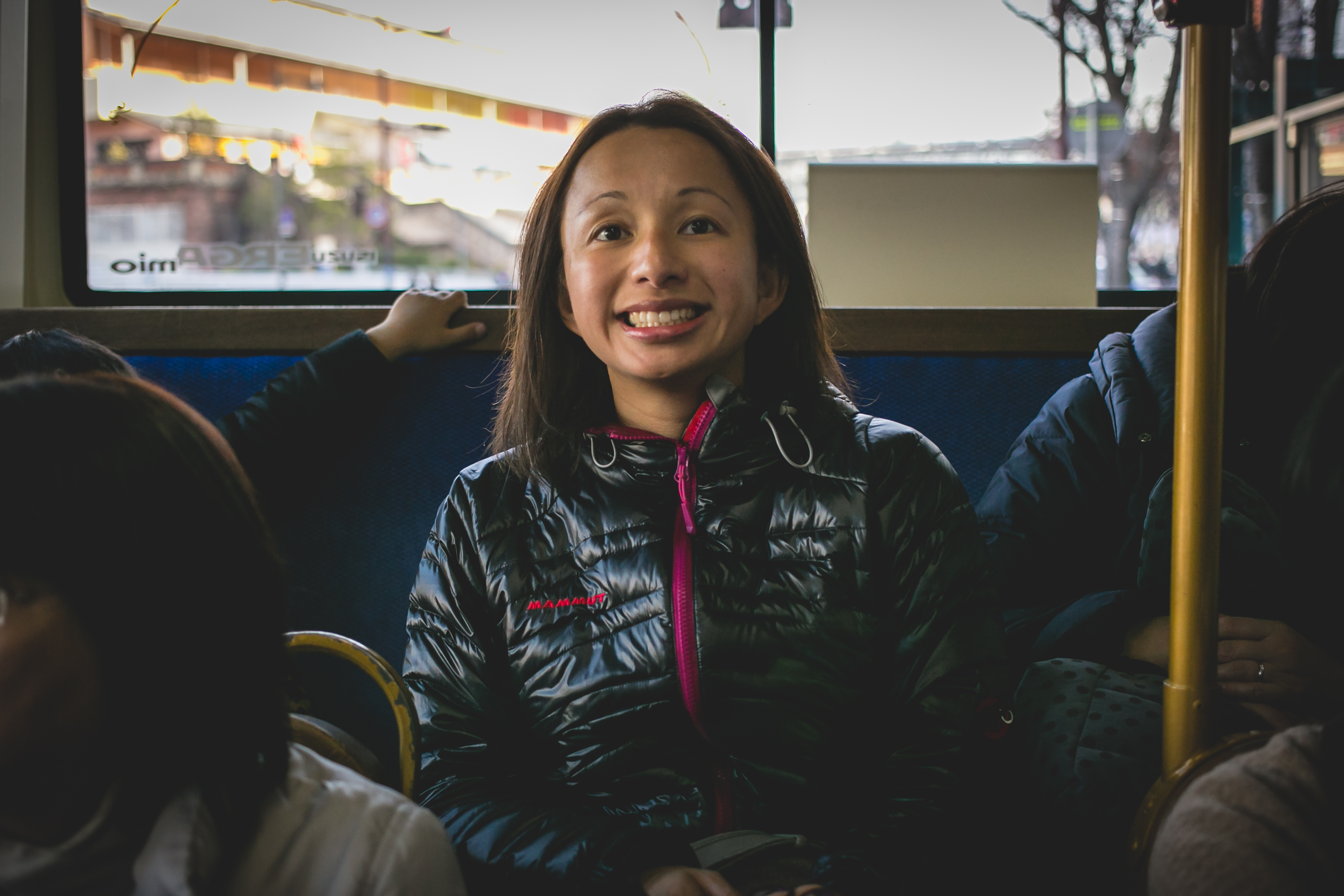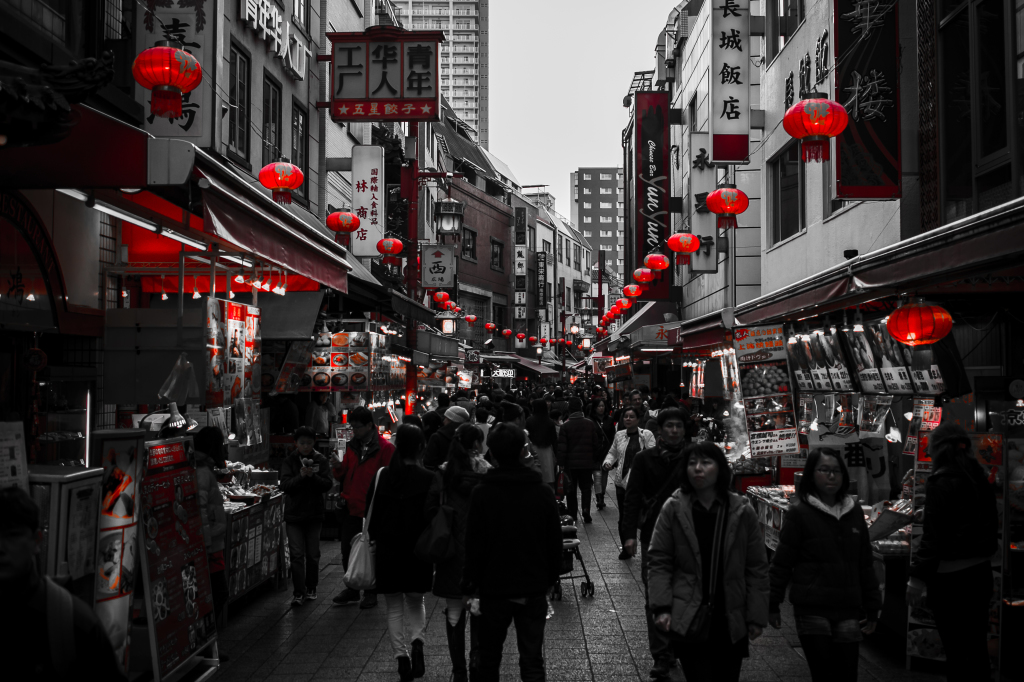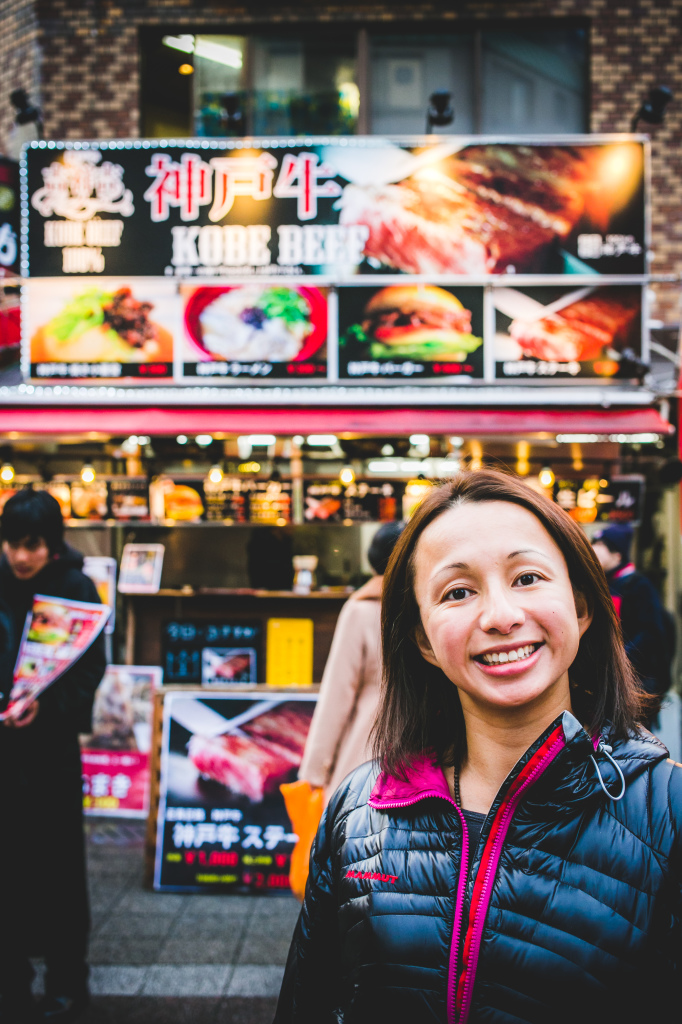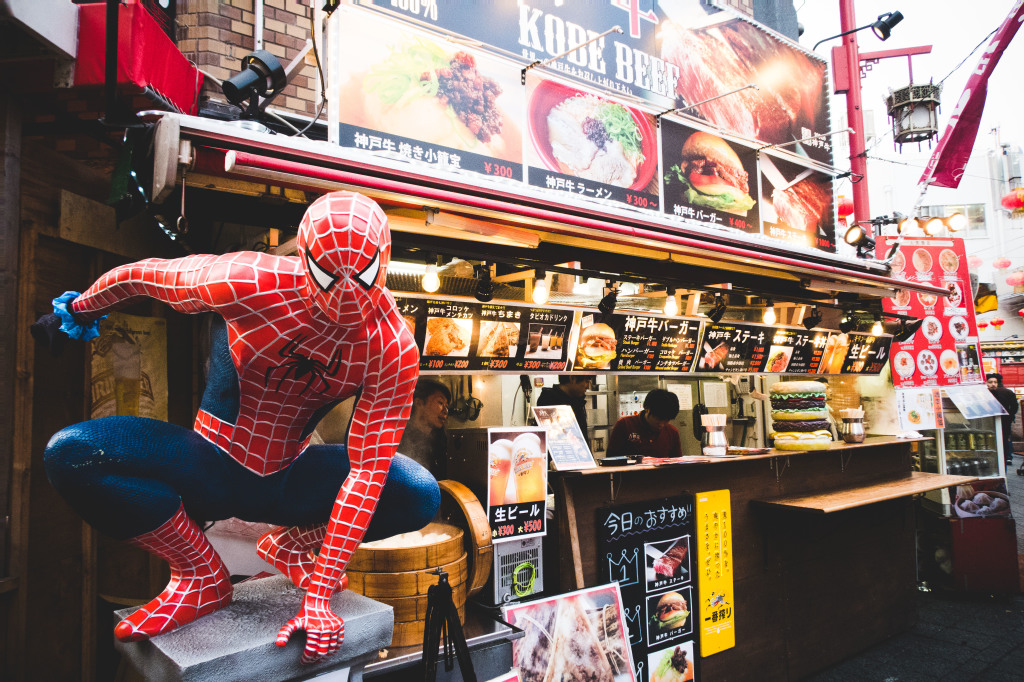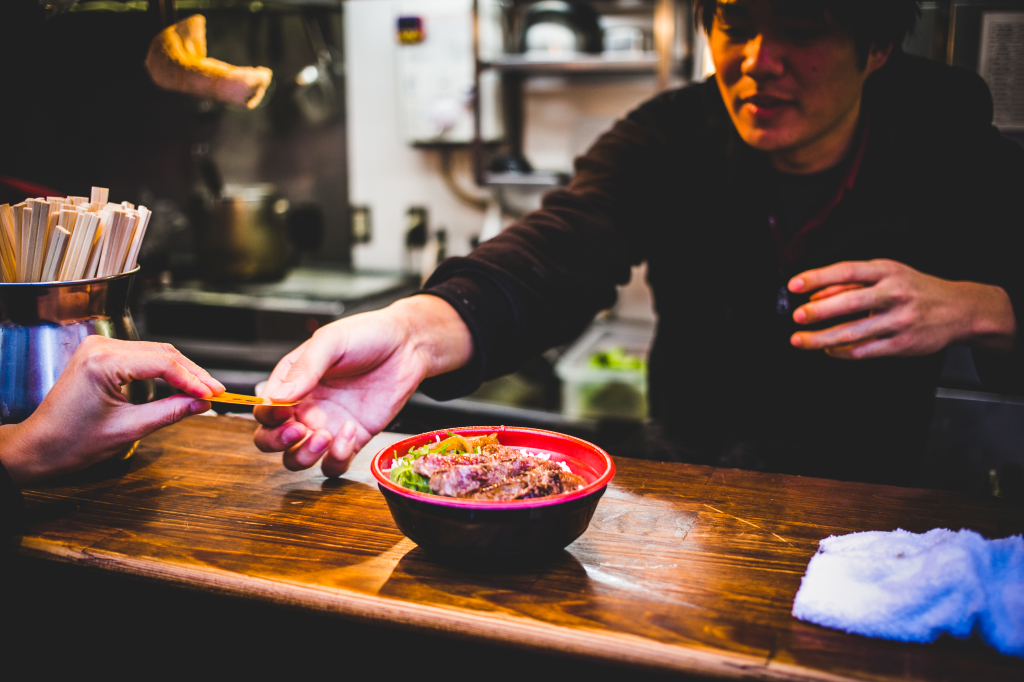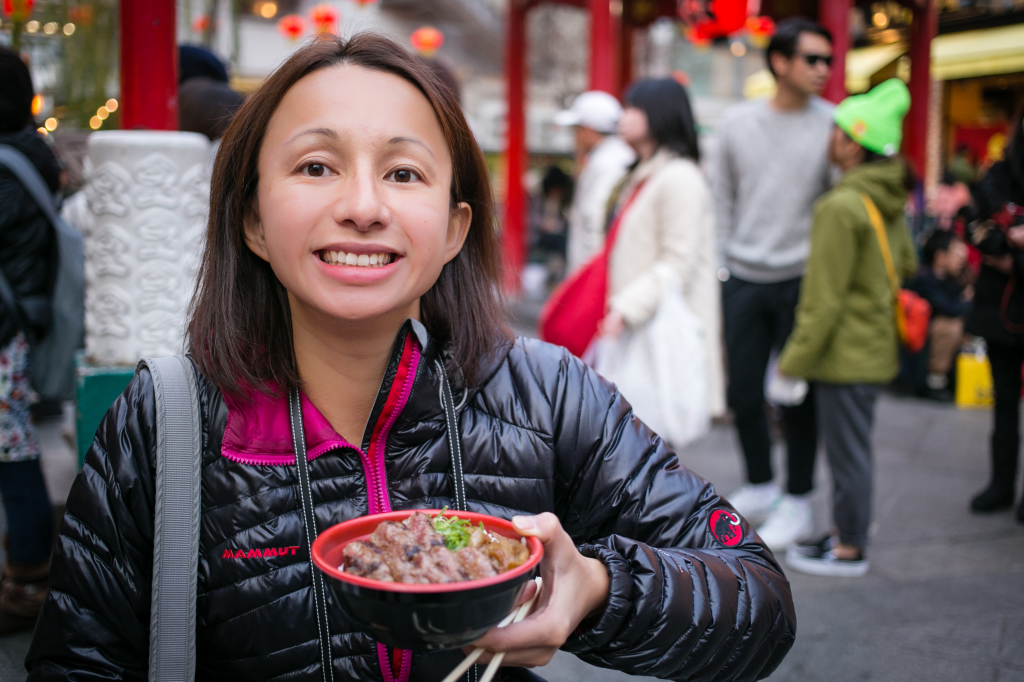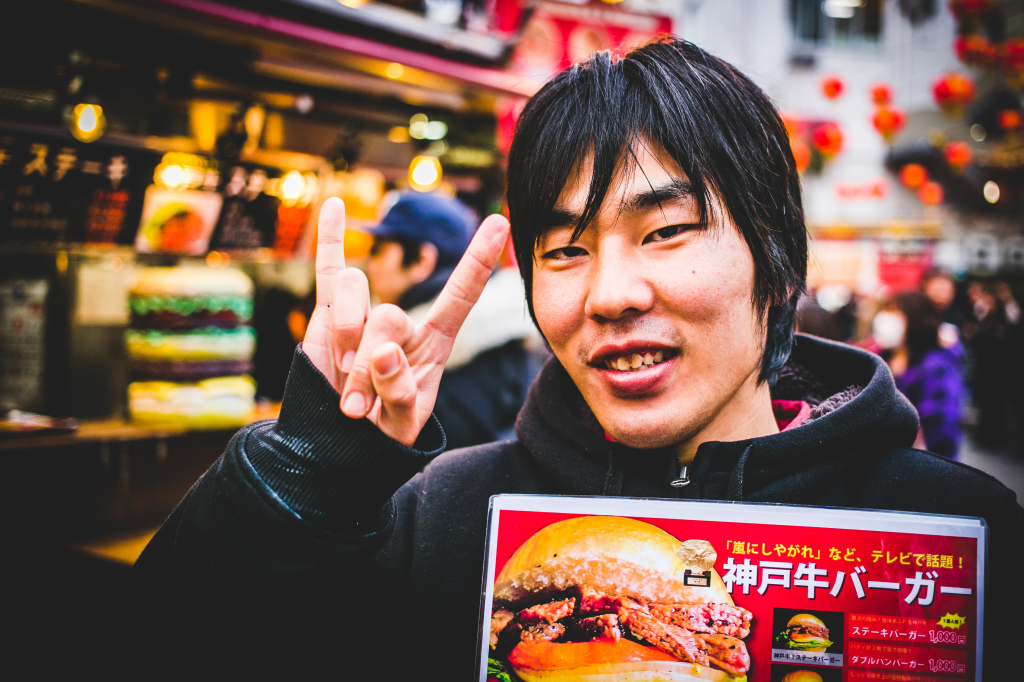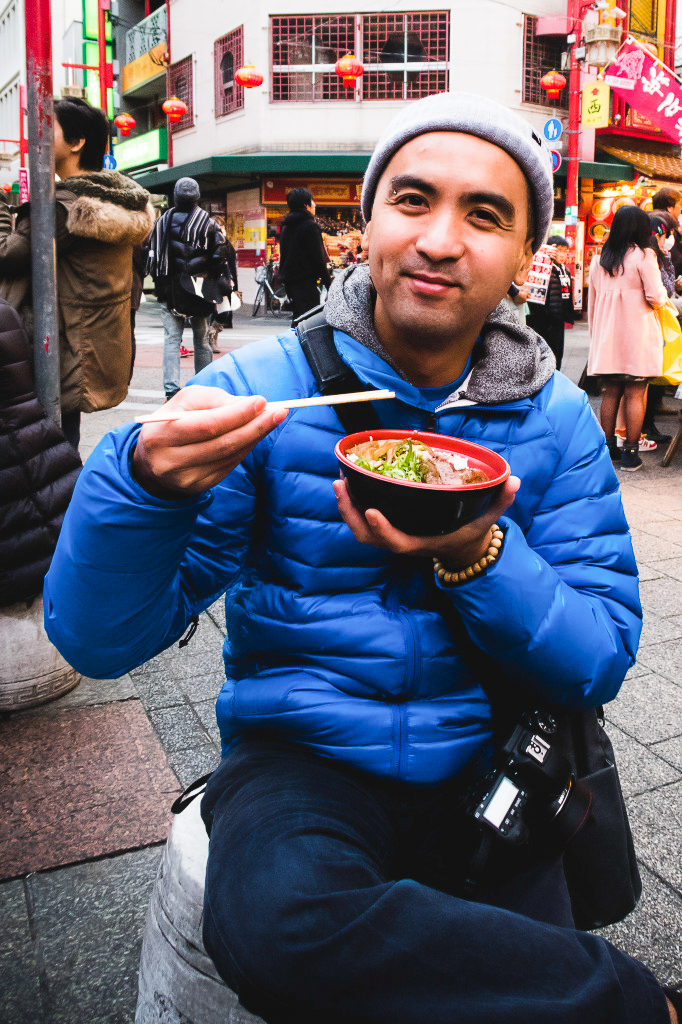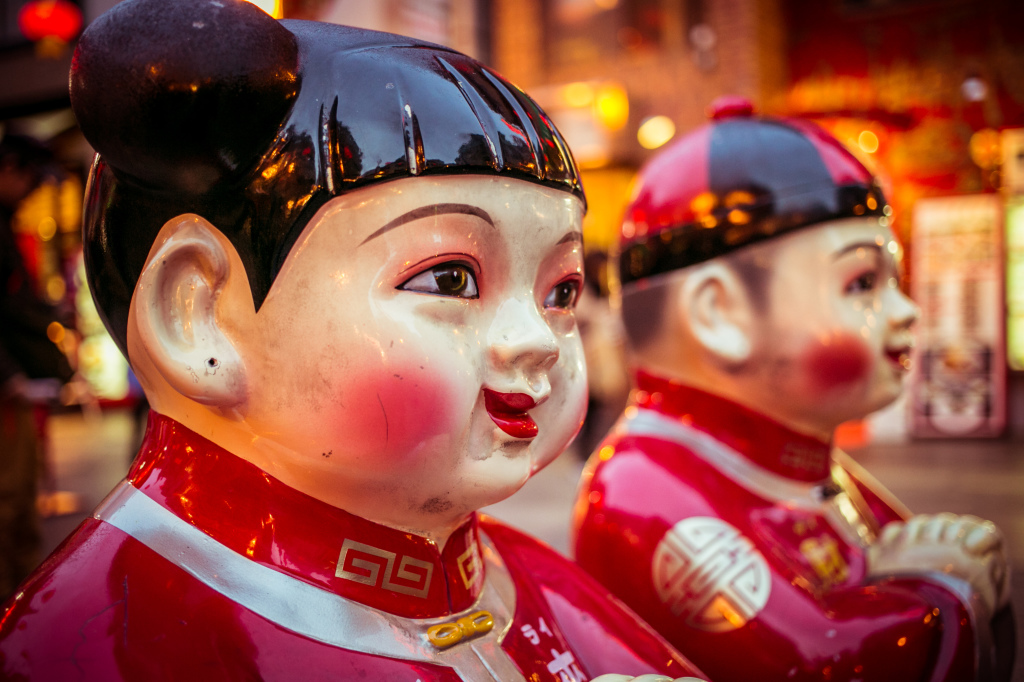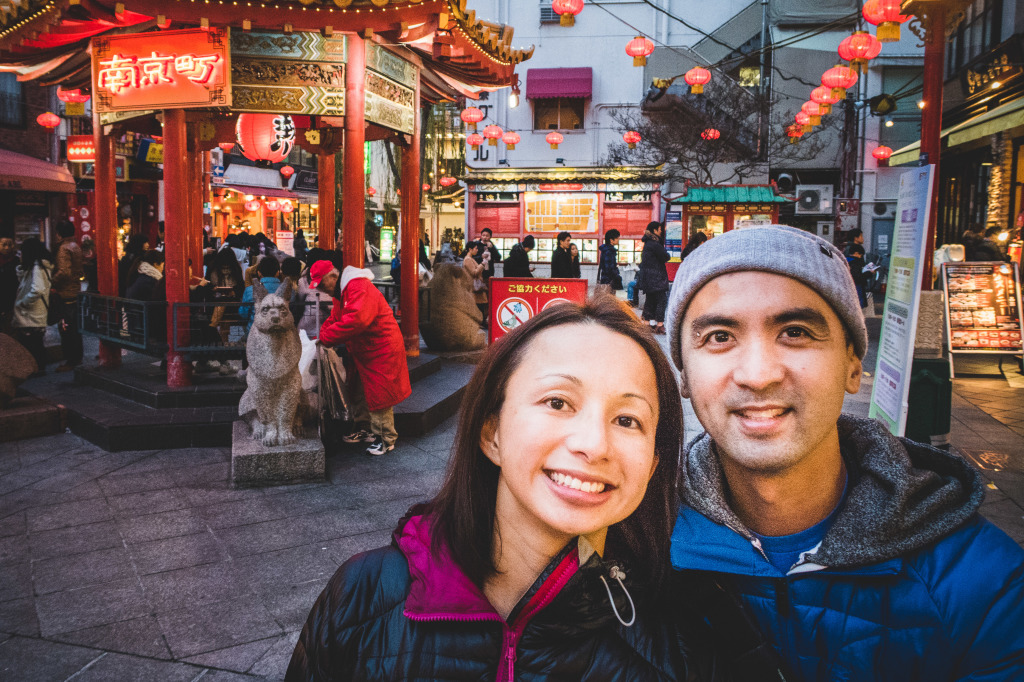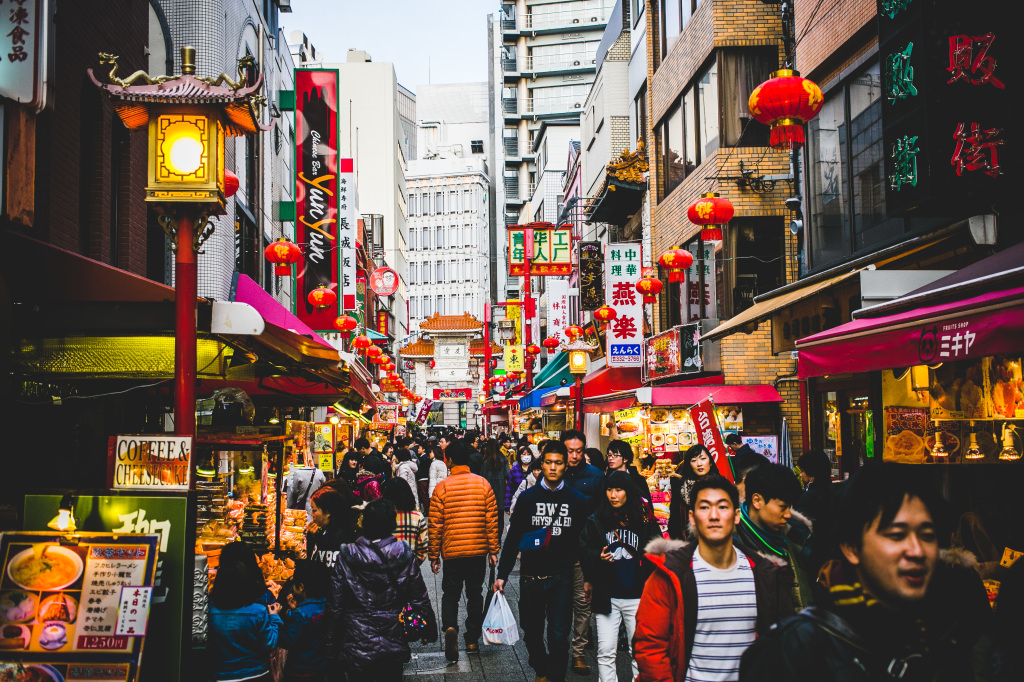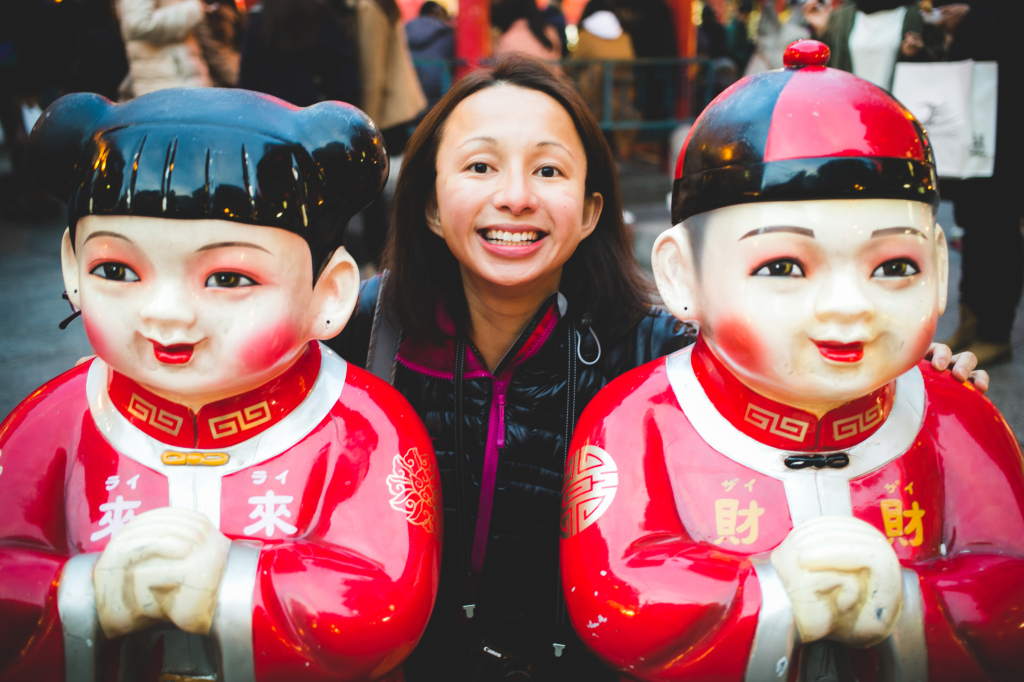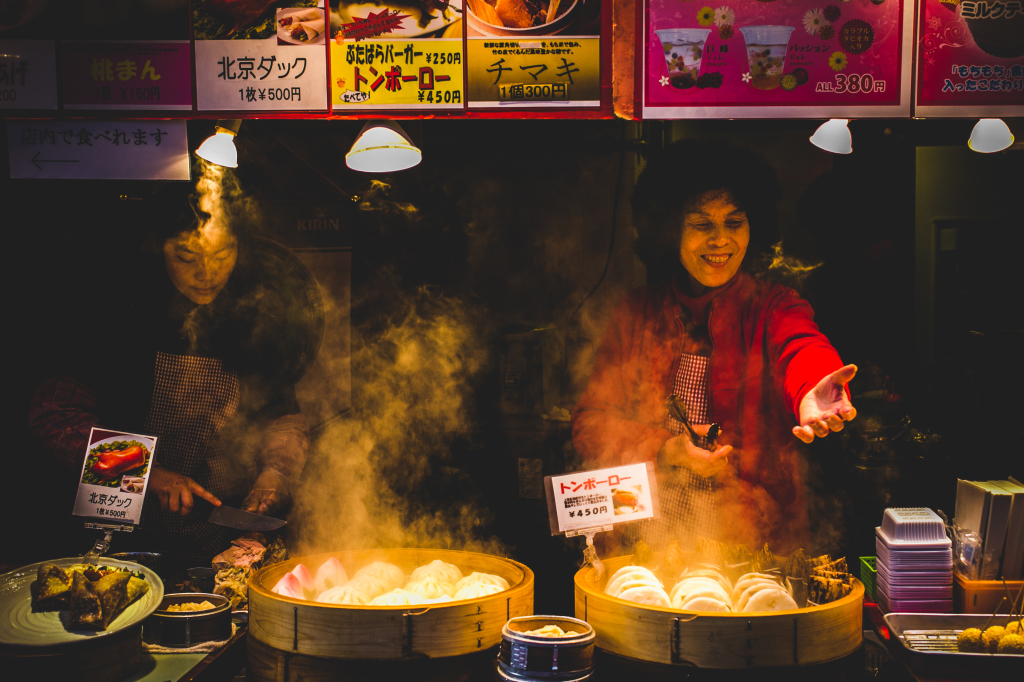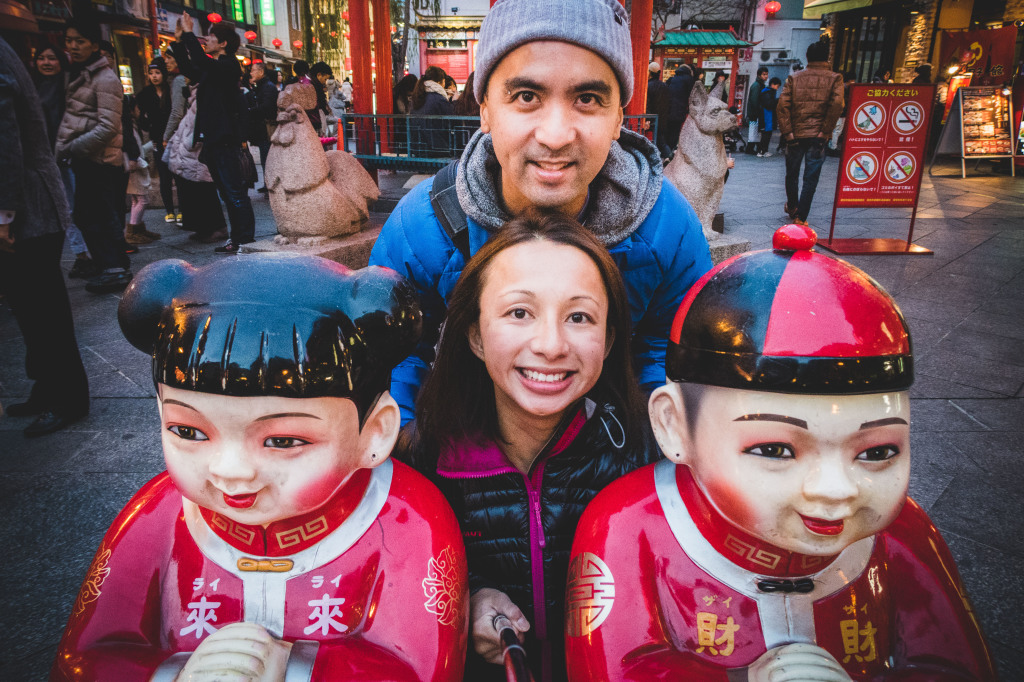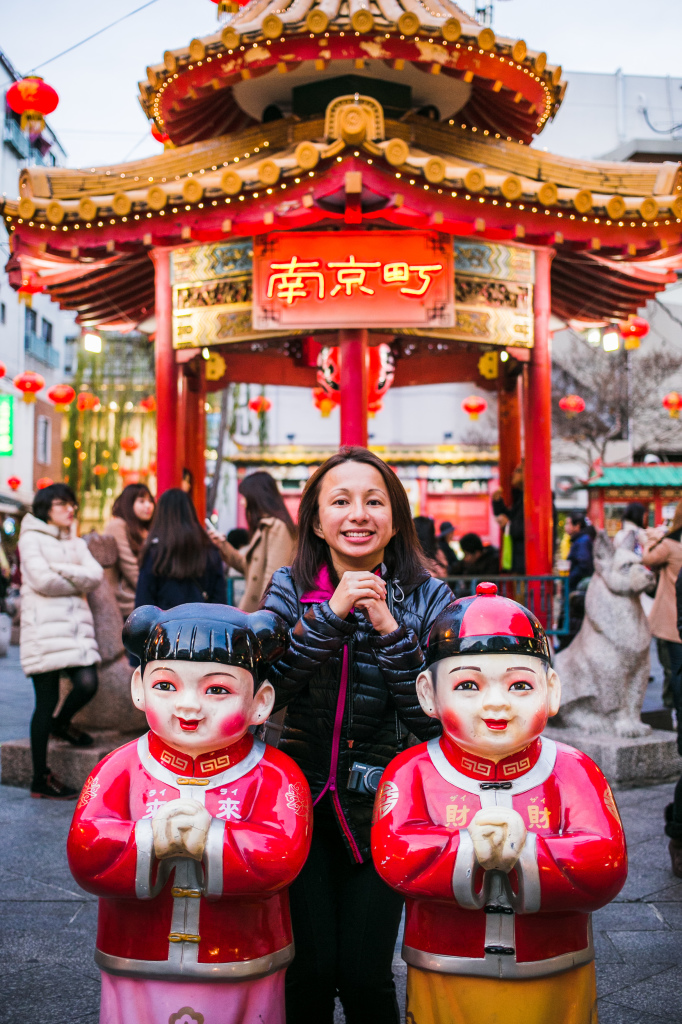Kobe is a quick 30 mins train ride from Osaka. The city and harbour area is filled with variety of shopping, dining and attractions all accessible by foot or quick train stop.
It was a very pleasant day trip filled with yummy treats and of course a taste of their Kobe beef. The beef is definitely pricey and locals remind us that it’s not part of their daily diet. There are different types of beef they consume daily and also very high quality.
The Chinatown area has many food stalls selling single serving of Peking Duck wraps to Kobe burgers. Kobe’s Chinatown is one of three in Japan. It was a great atmosphere since we visited right before Chinese New Year.
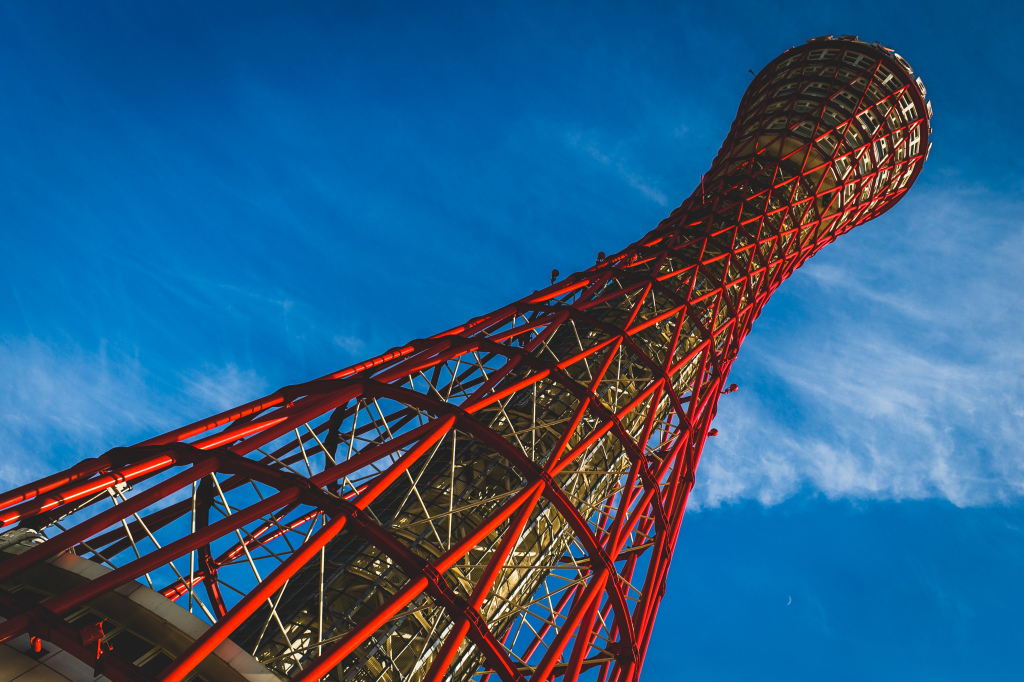
Famous as a symbol of Kobe, the Kobe Port Tower is a 108 m-high landmark tower located in Meriken Park.

The world’s first building to feature a pipe structure, it was nicknamed the Steel Tower Beauty as a result of its unique structure and shape, reminiscent of an elongated Japanese drum.
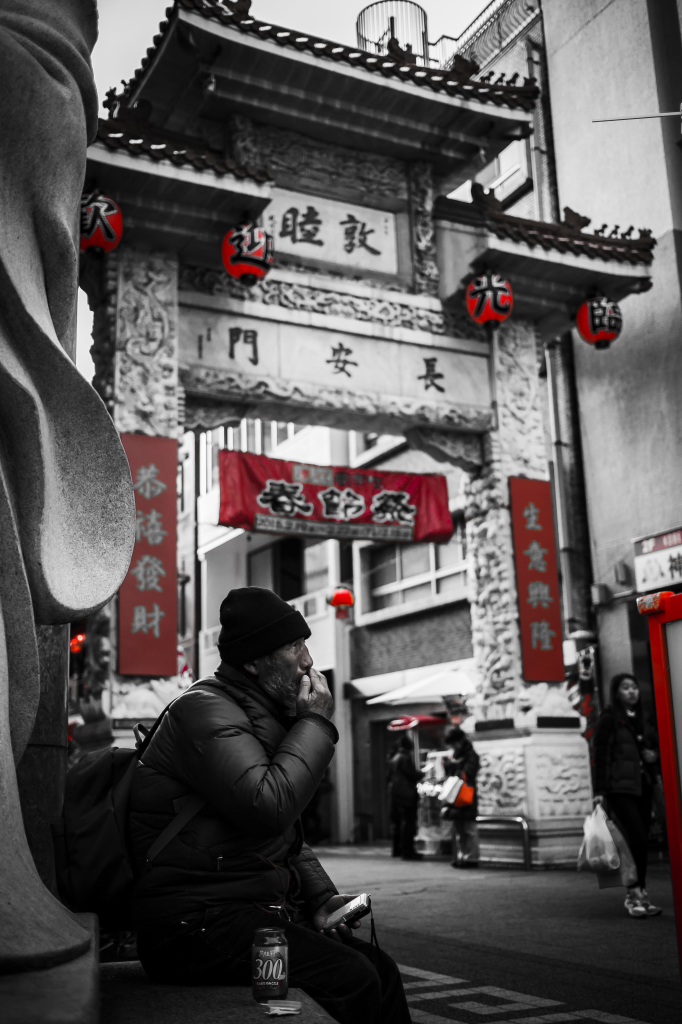
Kobe has one of only three designated Chinatowns in Japan. Kobe’s Chinatown sets itself apart as being the most colorful and foreign-looking Chinatown in all of Japan.
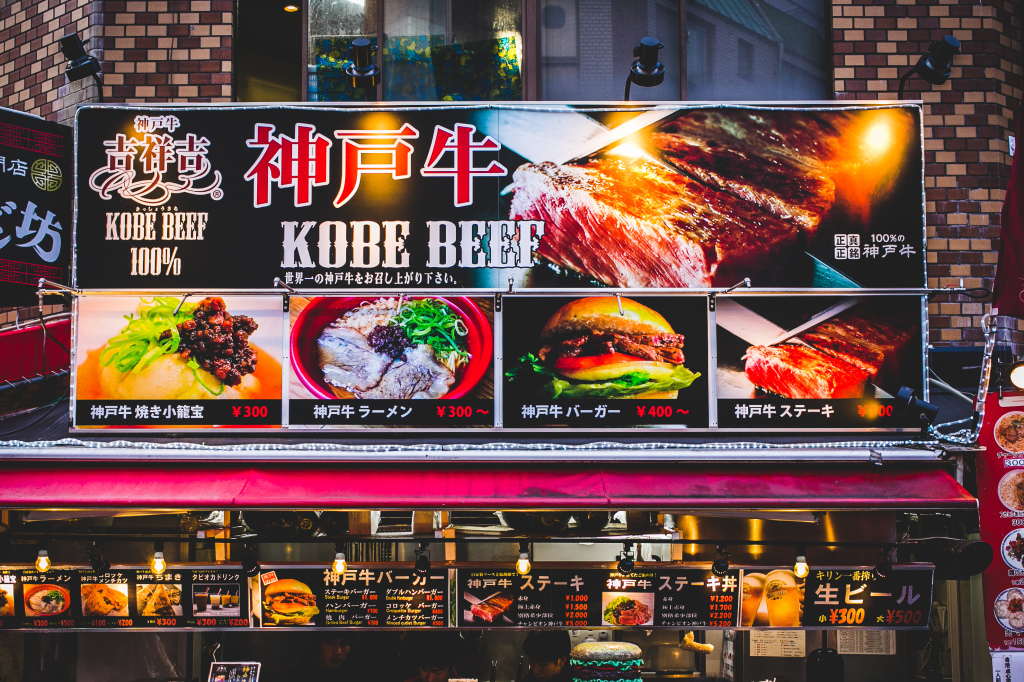
Kobe beef refers to beef from the Tajima strain of wagyu cattle, raised in Hyogo Prefecture, Japan. It can bee enjoyed in variety of dishes from burgers to ramen or best simply over a bowl of rice.
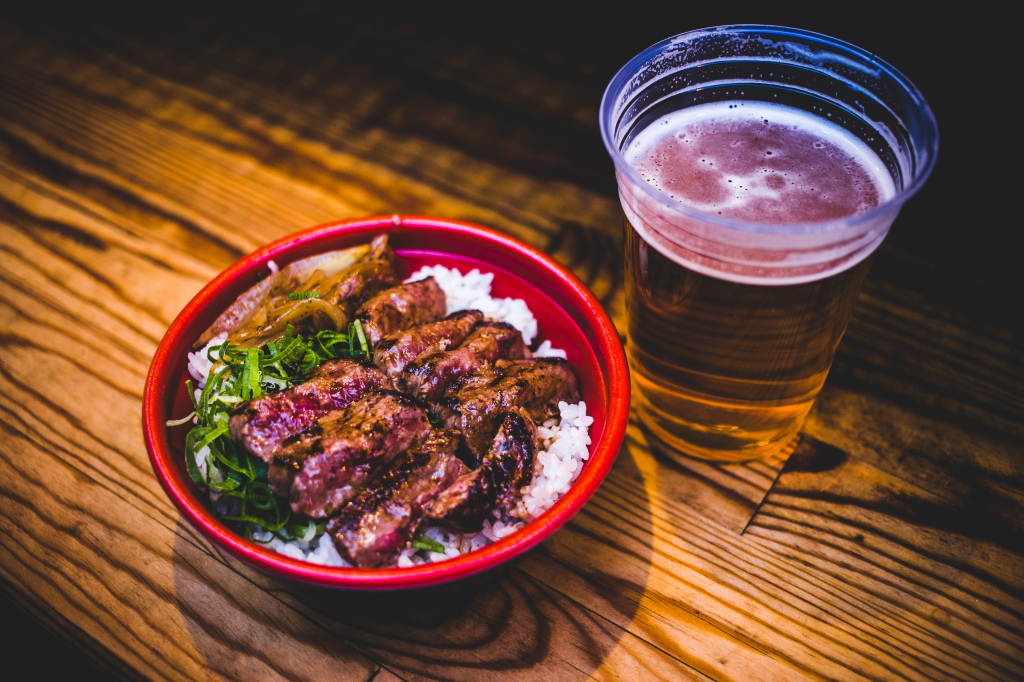
The meat is generally considered to be a delicacy, renowned for its flavour, tenderness, and fatty, well-marbled texture.

Variety of street flavours to satisfy everyones taste. It’s one of the cleanest chinatowns we’ve ever visited.
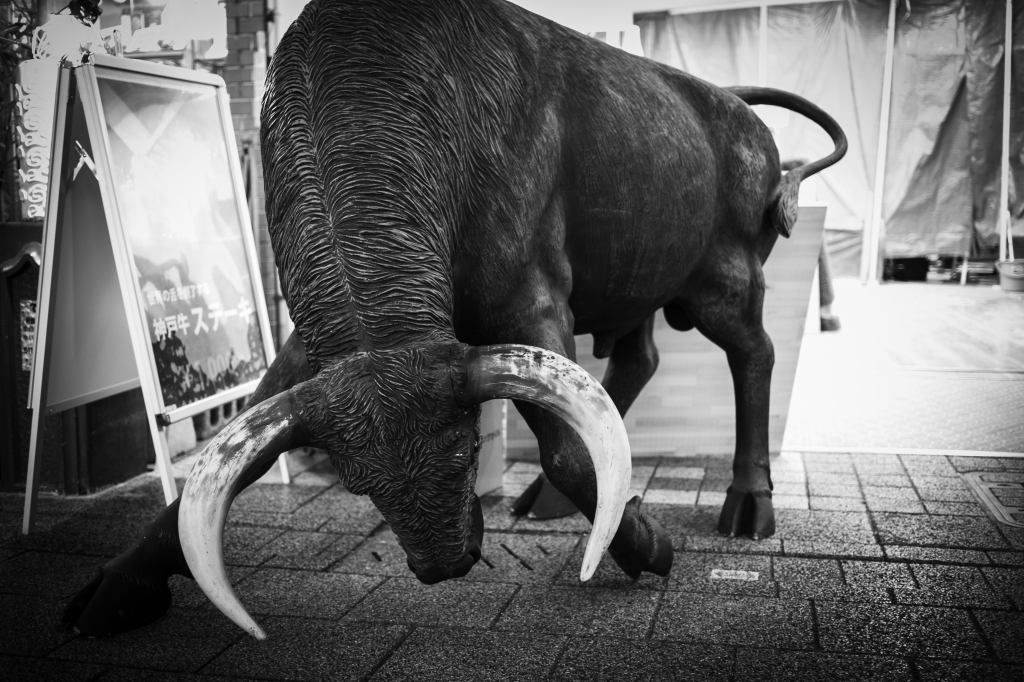
The cattle originally recognized in 1943 as “Kobe beef” were cattle from herds in the Kobe area of Japan, and could be any of four breeds of Wagyu cattle: the Akaushi (Japanese Red), the Kuroushi (Japanese Black), the Japanese Polled and the Japanese Shorthorn.[3] Tajima is a strain of the Japanese Black.
